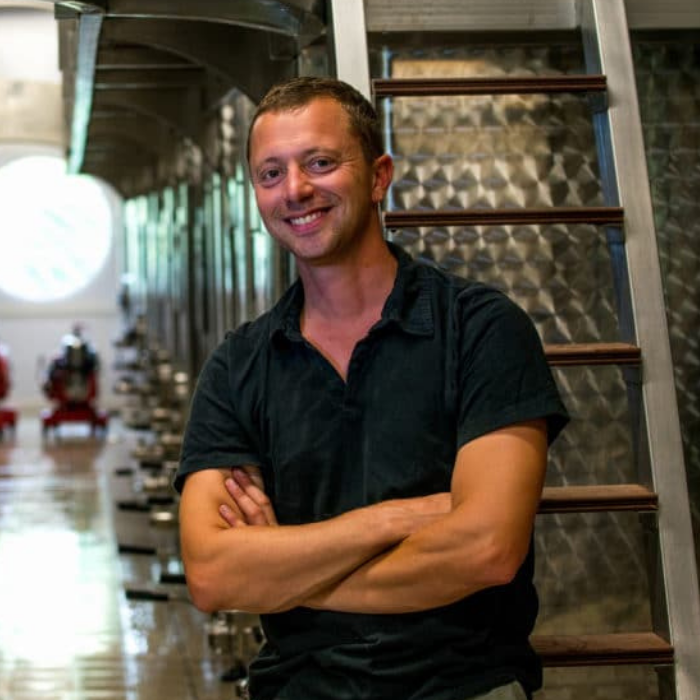Digitale Winzerkarte
Die Geschichte von Champagne Moussé reicht bis ins Jahr 1750 zurück. Seit vier Generationen ist die Familie als Winzer in Cuisles im Vallée de la Marne tätig und widmet sich mit Leidenschaft der Perfektionierung des Meunier, einer Rebsorte, die in der Champagne lange unterschätzt wurde. 80% der Weinberge des Winzers sind mit ihr bepflanzt, der Rest verteilt sich zu etwa gleichen Teilen auf Pinot Noir und Chardonnay. Der Weg in die Eigenproduktion von Champagner begann bereits im Jahr 1923, als Eugène Moussé beschloss die ständig schwankenden Traubenpreise und Launen der Käufer nicht mehr zu akzeptieren und von nun an die Bereitung der Champagner selbst in die Hand zu nehmen.
Cédric Moussé ist der jüngste Spross der Familiendynastie. Er legt den Fokus auf ökologischen Weinbau und einen handwerklich-natürlichen Herstellungsprozess. Auf synthetische Spritzmittel und die Ausbringung von Schwermetallen im Weingarten wird komplett verzichtet. Stattdessen finden biodynamische Präparate wie z. B. Kräutertees, die den Reben als „Vitamine“ dienen sollen, Verwendung. Sein Bestreben ist es, einer der wichtigsten Player für den Pinot Meunier zu werden und widmet ihm daher seit vielen Jahren höchste Aufmerksamkeit. Um Oxidation zu vermeiden verzichtet Cédric auf neues Holz und setzt für viele seiner Cuvées lieber Edelstahltanks ein. Ziel ist es, möglichst präzise und druckvolle Champagner zu erzeugen, welche die charakteristischen Meunier-Aromen von roten, dunklen Früchten sowie eine strukturierte, salzige Mineralität entfalten. Beraten lässt er sich dabei von so berühmten Experten des biodynamischen Weinbaus wie Fred Niger (Domaine de L’Écu).
Facts: R.M., Cuisles, Vallée de la Marne, 6ha, 80% Meunier, ca. 50.000 Flaschen/Jahr


